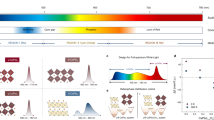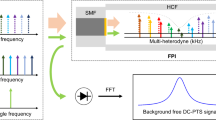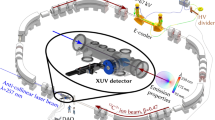Abstract
IN answer to Mr. J. Hopkins Walters' inquiry contained in NATURE, vol. xxv. p. 103, the spectroscope declares that all these three spectra have for their base a continuous strip or band of light; in the case of gas-flame (the bright part) crossed by the sodium lines only; in that of the sun by the well-known Frauenhofer dark lines; and of the electric (arc) light by the bright lines of carbon. The illuminating power of each of these sources of light is thus shown to be due to the incandescence of their several solid and gaseous constituents, concerning which a volume might be written. The relative effect of the sun's bright golden glare, the gas-flame's duller yellow tint, and the electric-light's moon-like whiteness, on the optic nerve; have not, as far as I am aware, been yet made the subject of special research. Popular opinion assigns injurious results to the whiter light. Mr. Walters will find in “Photographed Spectra,” on Pl. xv., Fig. 4, and the extra plate, the solar spectrum, and on Pl. v., Figs. 3 and 4, the spectrum of the electric arc between carbon points specially prepared to insure purity. In Dr. Marshall Watt's “Index of Spectra” the spectrum of the blue base of candle-flame is represented by the graphical diagram and description, Carbon I. The illuminating portion of a gas-flame presents in the spectroscope the appearance of a dull sun spectrum without the dark lines.
This is a preview of subscription content, access via your institution
Access options
Subscribe to this journal
Receive 51 print issues and online access
$199.00 per year
only $3.90 per issue
Buy this article
- Purchase on SpringerLink
- Instant access to full article PDF
Prices may be subject to local taxes which are calculated during checkout
Similar content being viewed by others
Author information
Authors and Affiliations
Rights and permissions
About this article
Cite this article
CAPRON, J. Solar, Gas-Flame, and Electric-Light Spectra. Nature 25, 152 (1881). https://doi.org/10.1038/025152a0
Issue date:
DOI: https://doi.org/10.1038/025152a0



